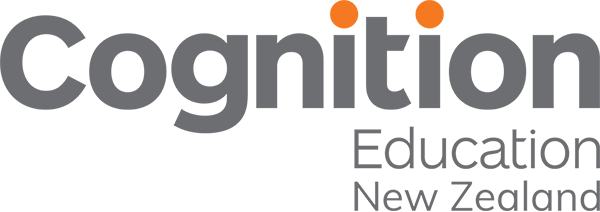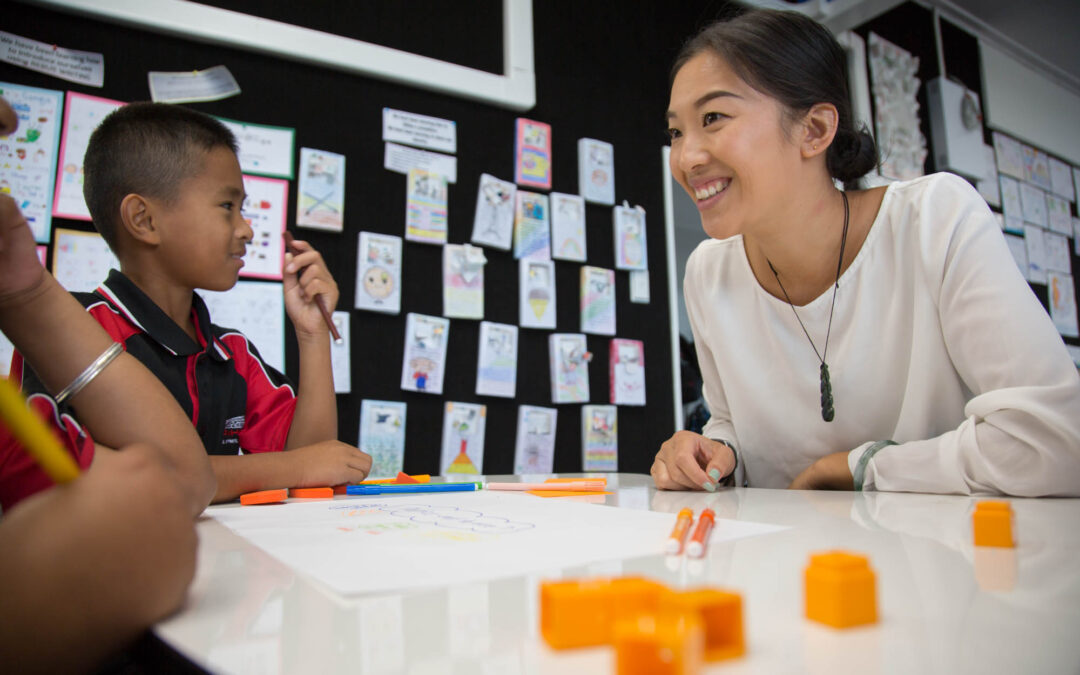“I put them into groups, but they just don’t work together”
Group work in the classroom can be a powerful tool for learning, but it’s not always smooth sailing. Many teachers find themselves facing the challenge of students struggling to work together effectively. If you’ve ever experienced this frustration, you’re not alone. However, there are steps that you can take to foster positive collaboration among your students and create a supportive learning environment.
As educators, we often assume that students naturally know how to work together: sharing ideas, taking turns, listening actively, and engaging in friendly mathematical debates. However, the reality is that these skills need to be developed over time, especially as students transition from what Piaget refers to as egocentric thinking to understanding different perspectives.
So, how can we build a collaborative learning environment in our classrooms?
1. Understanding Mathematical Identity: Start by exploring students’ perceptions of what it means to be a mathematician and how mathematicians work. Jo Boaler’s “Setting up Positive Maths Norms in Maths Class” offers valuable insights and strategies for establishing norms and effective ways of working during maths lessons. By challenging and reshaping students’ beliefs about mathematics, we can lay the foundation or collaborative learning.
2. Embracing the Power of “Yet”: Carol Dweck’s concept of the “power of yet” teaches students the importance of perseverance and resilience in the face of challenges. By encouraging students to embrace the learning process, including inevitable struggles, we can foster a growth mindset and a willingness to collaborate.
3. Developing Essential Skills: Essential skills like turn-taking, active listening, responding to others’ needs, sharing ideas, questioning and explaining are crucial for successful collaboration. These skills may need to be explicitly taught and practiced through group-worthy tasks. Sara Van der Werf’s “100 Numbers to Get students Talking” is an excellent resource for experiencing and reinforcing good group work dynamics.
4. Continuous Practice and Reflection: Building collaborative norms and skills takes time and ongoing practice. Jennifer Piggott’s article on “Developing Good Team-working Skills” provides mathematical tasks that specifically target these skills, allowing students to self-assess and improve over time.
Establishing norms for maths collaboration may initially seem time-consuming, but the benefits are well worth the investment. Over time, these norms will shape the way your students approach teamwork, creating a positive and supportive community.
By implementing these strategies and resources, we can transform group work from a source of frustration into a powerful tool for learning and collaboration in the mathematics classroom.
Find out more on Mathematics PLD
References:
Boaler, J. (n.d.). YouCubed. Setting up Positive Norms in Math Class. Retrieved from
https://www.youcubed.org/wp-content/uploads/Positive-Classroom-Norms2.pdf
Cornerstone editors. (n.d.). TED Talk Tuesday: The Power of Yet. Retrieved from
https://www.cornerstoneondemand.com/au/resources/article/ted-talk-tuesday-power-yet/
Piggott, J. (2019). Nrich. Developing Good Team-working Skills. Retrieved from
Van Der Werf, S. (2020). Sara Van Der Werf. 100 Numbers to Get Students Talking. Retrieved from
https://www.saravanderwerf.com/100-numbers-to-get-students-talking/

